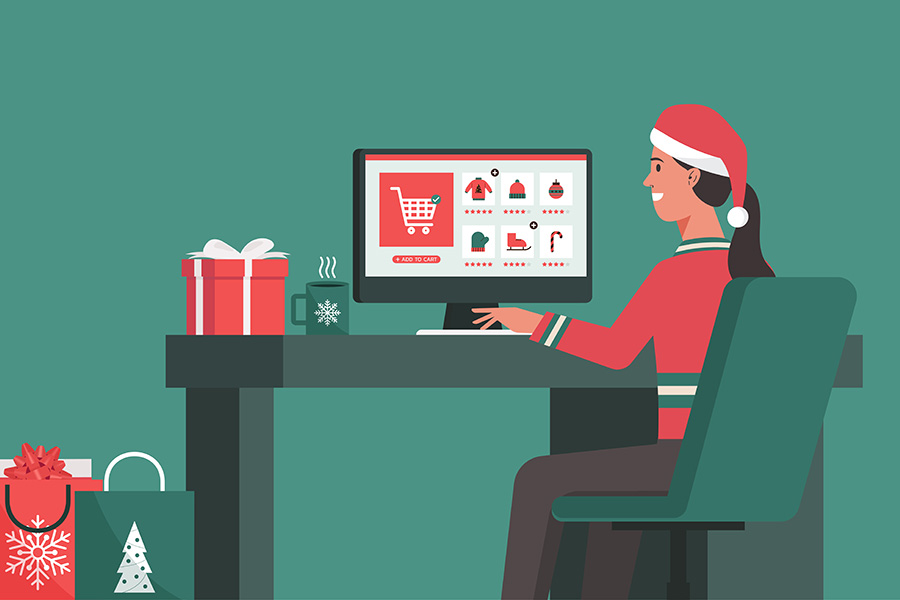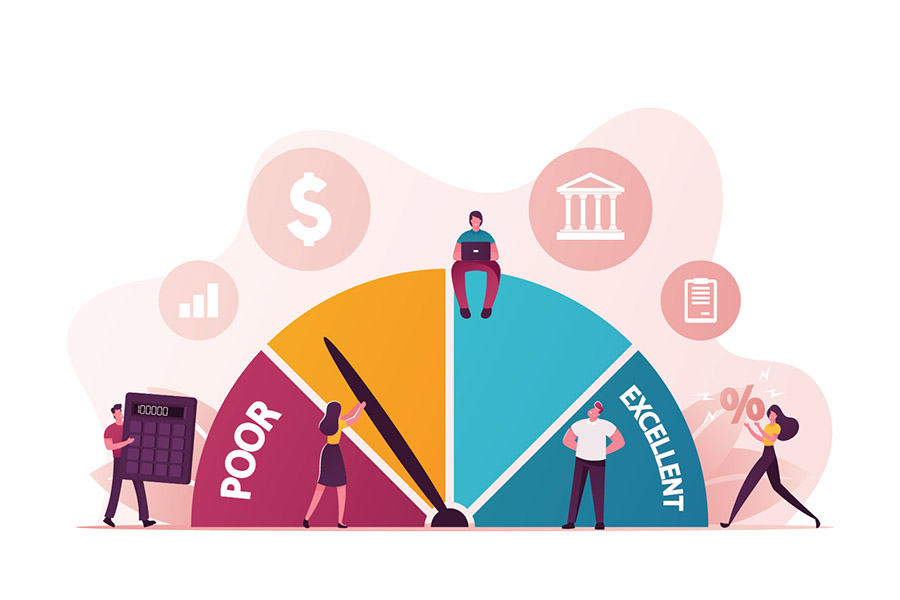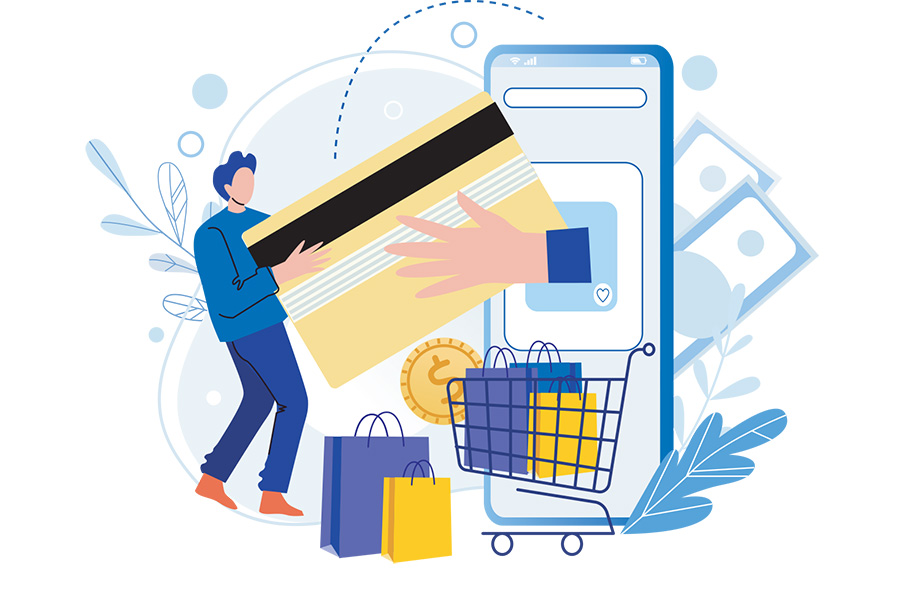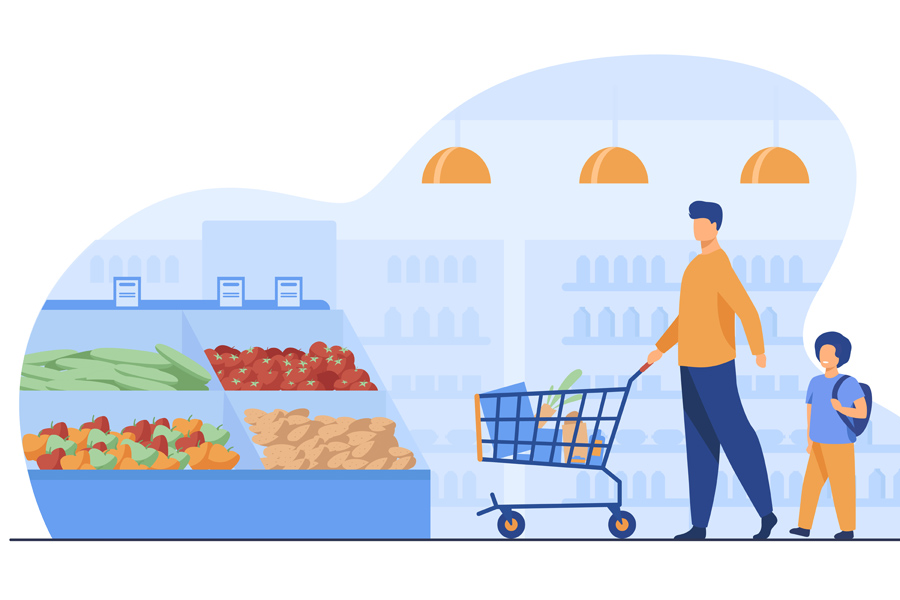ProtectMyID Editorial: How to Minimize Your Risk of Identity Theft

While there's no guarantee that you will not experience identity theft, there are things you can do to minimize your risk of becoming a victim. Get started with these 10 tips:
1. Don't share your personal information
Identity thieves are known for impersonating real businesses, including collection agencies, banks, and charities to gather sensitive data. If you get a call, email, or document in the mail that seems suspicious, thoroughly review it before responding.
2. Use Click Sense Always
give email sender addresses a close look. Identity thieves often duplicate emails from companies or contacts you know. If you get an email and it looks suspicious or asks for an unusual action, don't open it. To avoid viruses, malware, or phishing scams, hold your mouse cursor over the URL address to see where the link will direct you. If you do click on the link and it turns out to be fraudulent, let the legitimate company know so they can warn other consumers.
3. Create strong passwords
Your passwords are your first line of defense against identity theft. To make your passwords hard to crack, make them long and complex. Also, don't duplicate login credentials across sites because if one gets stolen, fraudsters will have access to multiple accounts. To make password management more manageable, consider a service. With a password manager, you only have to remember a single master key to access your account instead of multiple logins across different sites.
4. Take advantage of two-factor authentication
Two-factor authentication adds an extra layer of protection to your online accounts. Most websites and apps offer two-factor authentication. To activate it, when you sign into your account, you receive a onetime code on your mobile phone or computer. Once you get it, you enter the code to verify your identity and get access to your account.
5. Only sign on to secure Wi-Fi sites
Practicing safe Wi-Fi habits can help keep your identity secure in public spaces. Fraudsters often set up free Wi-Fi networks and use them to steal information from joiners. Use trusted and secure Wi-Fi when away from your home or work network.
6. Update your social media settings
Keep your location data and personal information on your social accounts private so fraudsters can't scan your profile for personal details. Set your privacy settings to "friends" or "private." Also, make sure no personal information, like your driver's license or credit card details, are in any of the photos you post.
7. Set up alerts
When you enroll in ProtectMyID, you unlock monitoring features that will keep an eye on your personal information and let you know if signs of fraud are found.
8. Get your credit score
At least annually, access your annual credit report at AnnualCreditReport.com. It's free, and you can review your report from all three major bureaus: Experian® , TransUnion® , and Equifax® . If you spot anything suspicious or wrong, notify your lender and the credit bureau.
9. Shop safely
Buying goods and services online is convenient, but it can be a place for thieves to steal your data. Always look for "HTTPS" in the website's URL to help protect your credit card number, and avoid using debit cards when you shop online. Credit cards provide greater protection for fraudulent charges, and unlike debit cards, they are not linked to your bank account.
10. Try ProtectMyID, fueled by Experian.
Here are four reasons why:
- ProtectMyID is an exclusive AAA member benefit.
- ProtectMyID gives you the identity protection and peace of mind you need.
- ProtectMyID includes powerful features, including Social Security Monitoring, Real-Time Identity Alerts, CreditLock, Fraud Resolution Support and more.
- If identity theft occurs, you don’t have to deal with it alone.
To learn more and sign up today, visit AAA.com/IDTheft






